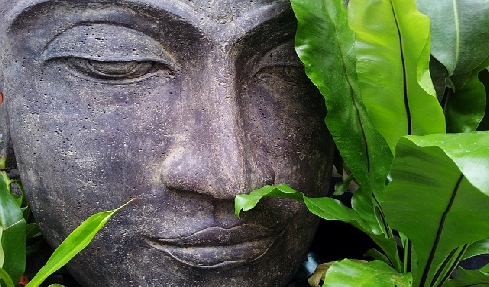Not only does Tibetan Buddhism require the students to take refuge in the guru, the Mahayana and Theravada traditions also have the same requirement. It is clearly stated in the precepts of the Theravada tradition that after receiving precepts, a student must follow a guru for at least ten years before he or she is qualified to live independently. Prior to that, the student is not allowed to act freely. The Mahayana tradition also states that it is impossible to learn anything without a spiritual teacher or guru.
[Excerpt from Luminous Wisdom Book Series ~ The Guru Yoga Practice of the Seven-Line Prayer to Padmasambhava]











